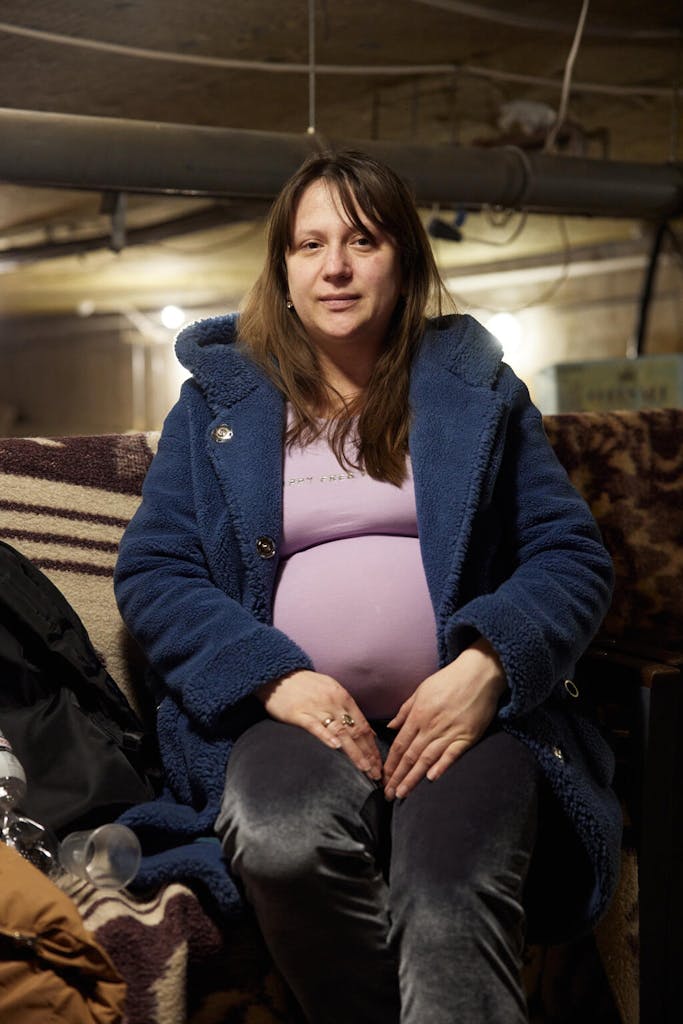UNFPA is sounding the alarm on a human rights crisis that has ramifications for women, societies, and the world in light of its 2022 State of World Population report, Seeing the Unseen: The case for action in the neglected crisis of unintended pregnancy, which estimates there are 121 million unintended pregnancies each year. The report builds on new data from the Guttmacher Institute and the World Health Organization (WHO) that outlines the first-ever estimates of unintended pregnancy and abortion at the country level, highlighting major disparities across 150 countries in access to quality sexual and reproductive health care.
“This report is a wakeup call. The staggering number of unintended pregnancies represents a global failure to uphold women and girls’ basic human rights,” says Dr. Natalia Kanem, executive director of the United Nations Population Fund (UNFPA). “For the women affected, the most life-altering reproductive choice — whether or not to become pregnant — is no choice at all. By putting the power to make this most fundamental decision squarely in the hands of women and girls, societies can ensure that motherhood is an aspiration and not an inevitability.”
An unintended pregnancy, by definition, is unplanned; but it may be wanted or unwanted, or anywhere in between. And it can happen to any person of reproductive age who can get pregnant — young or old, rich or poor, partnered or unpartnered. This report, Dr. Kanem emphasizes, “is not about unwanted babies or happy accidents,” but rather it’s about agency: the circumstances that strip it from people, and the ripple effects of that not only for individuals but for the world.
These circumstances, and their outcomes, are complex and layered. Below are some of the key, crosscutting themes emphasized throughout the report.
Gender Inequality Is a Core Driver of Unintended Pregnancies
Myriad factors, rooted in gender inequality, are stripping people of their fundamental decision-making power over their bodies. This includes an absence of sexual and reproductive health care or information and lack of access to contraception of choice, as well as harmful societal norms or stigma around reproduction and bodily autonomy, intimate partner or sexual violence or coercion, and harmful laws and policies. These factors are compounded for people who are already marginalized due to identifiers such as age, marital status, rural or urban dwelling, gender, sexuality, race, ethnicity, income and education level, ability, or religion.
Unsurprisingly, then, countries with higher rates of gender inequality were also found to have higher rates of unintended pregnancy, with just 57% of women able to make their own decisions over their sexual and reproductive health and rights. In a world where nearly 1 in 3 young women are giving birth before the age of 20, can a person imagine a life where pregnancy is a choice, not a given? Do their reproductive intentions even matter?
Conflict Exacerbates Existing Barriers to Sexual and Reproductive Health Care
Natural disaster, war, and conflict nearly always put sexual and reproductive health care further out of reach. The war in Ukraine is the latest example: Maternity wards have been shelled, and women have been forced to deliver babies in basements, shelters, and subway stations.
“If you had 15 minutes to leave your house, what would you take? Would you grab your passport? Food? Would you remember your contraception?” Dr. Kanem said. “In the days, weeks, and months after a crisis starts, sexual and reproductive health and protection services save lives, shield women and girls from harm, and prevent unintended pregnancies. They are as vital as food, water, and shelter.”






